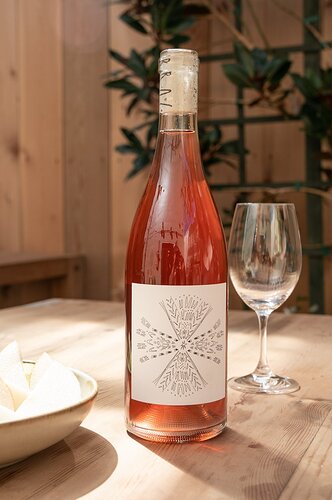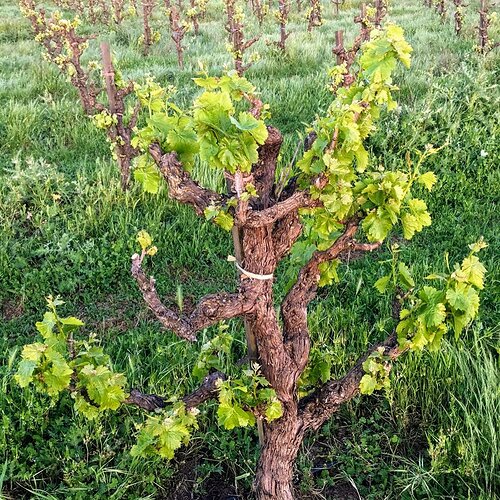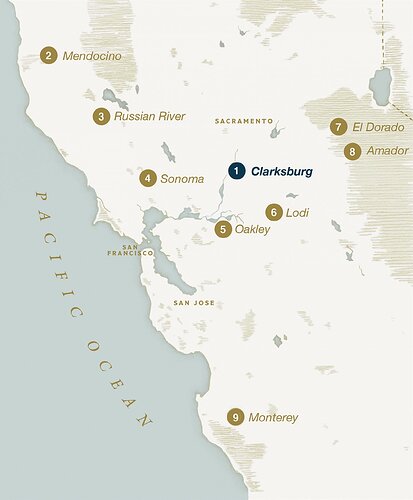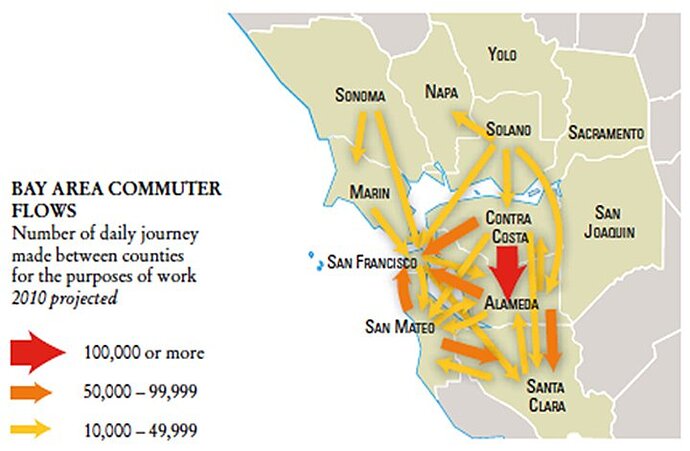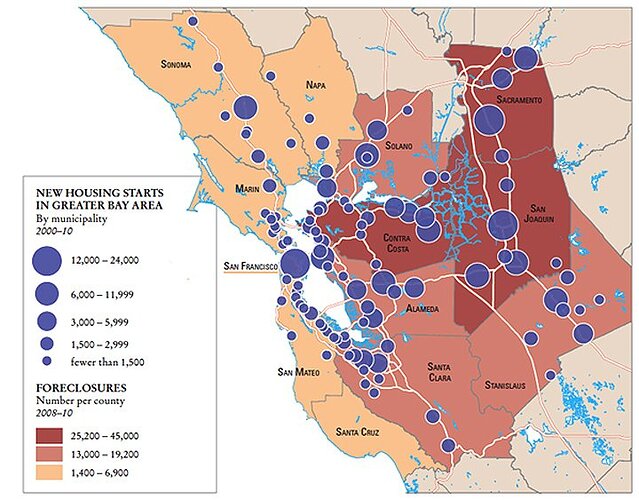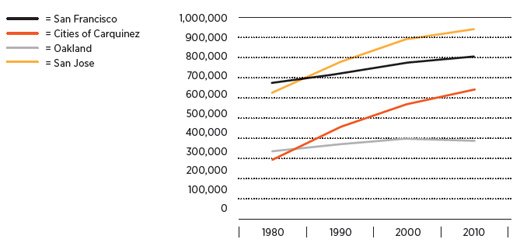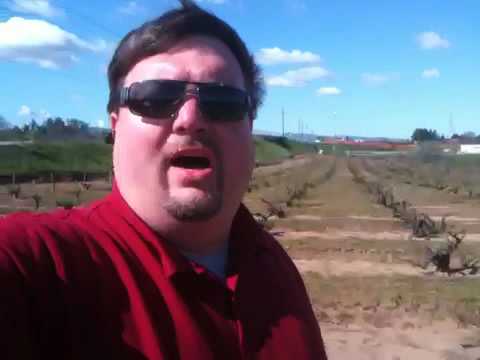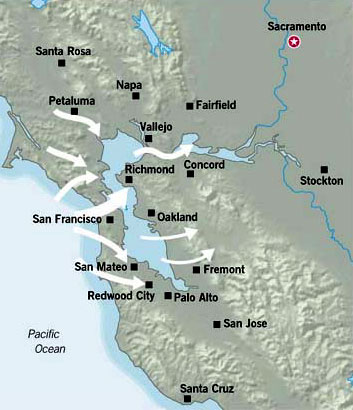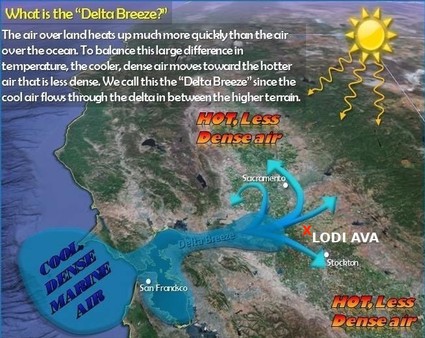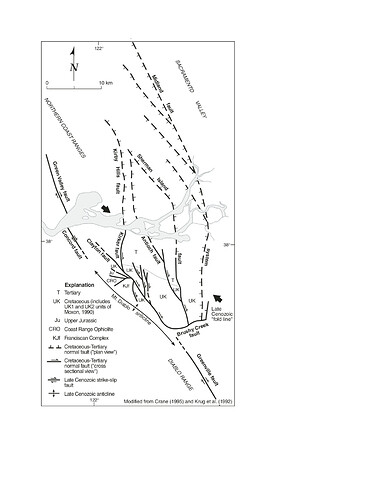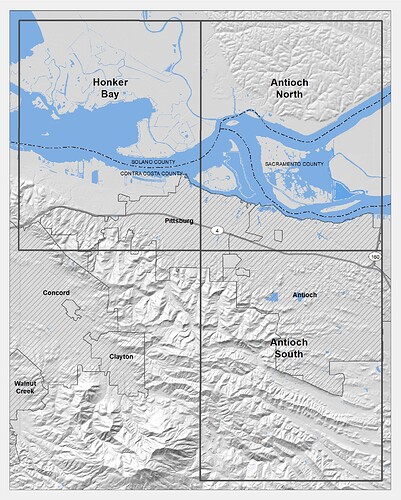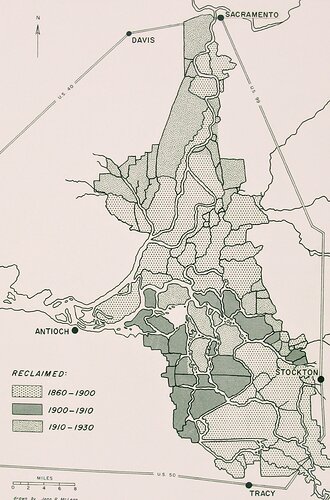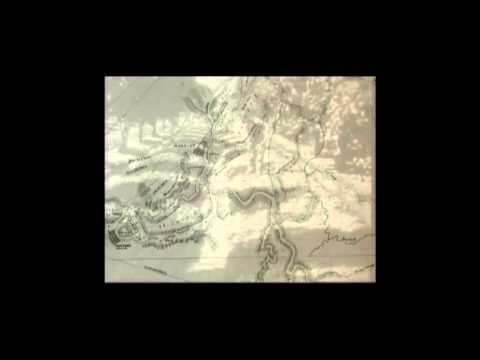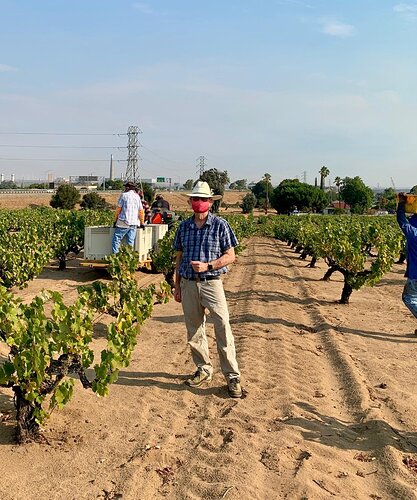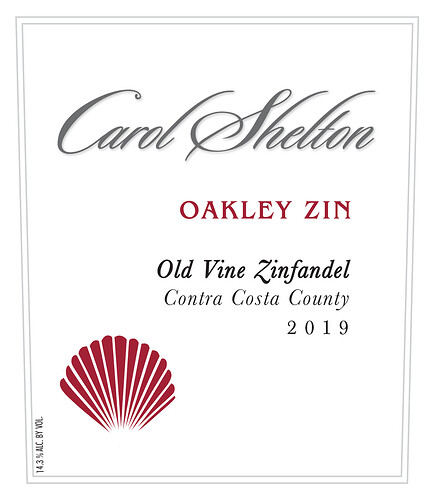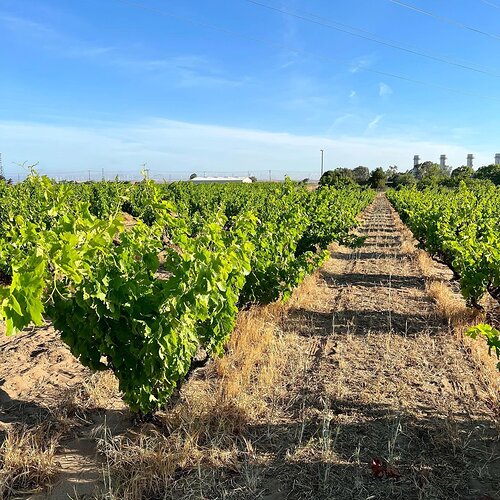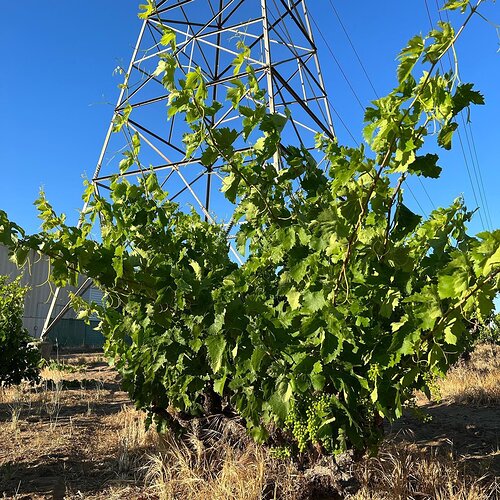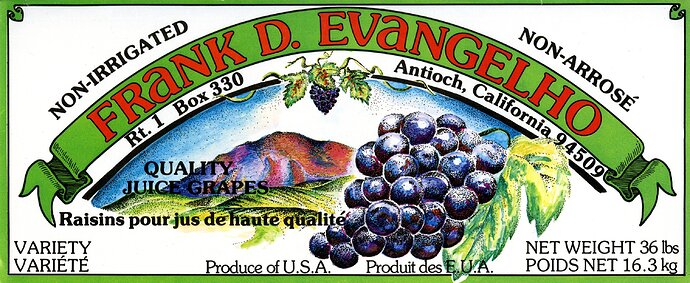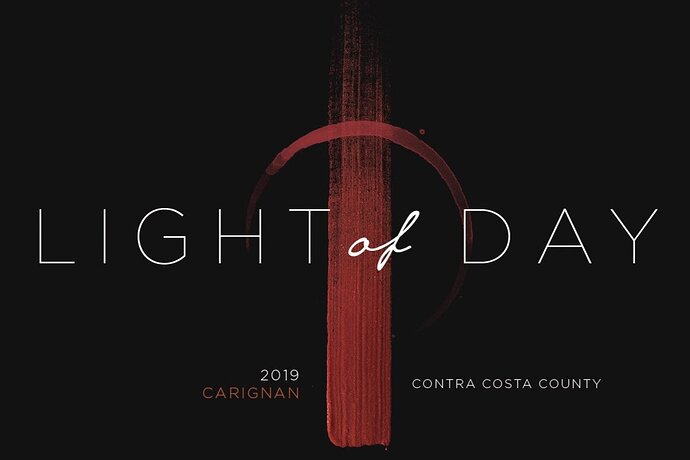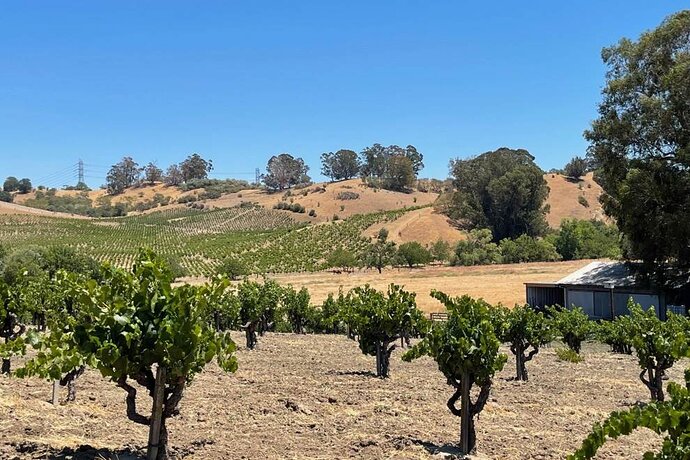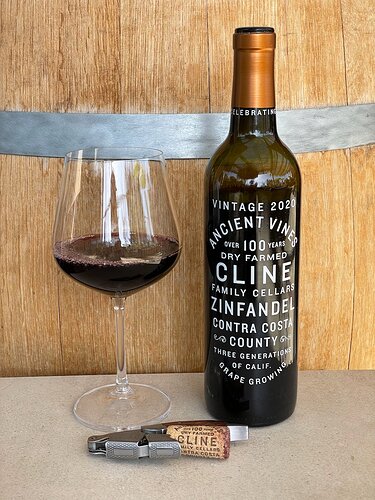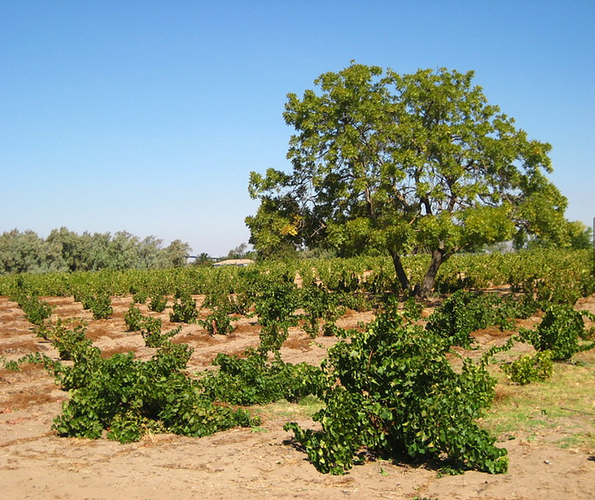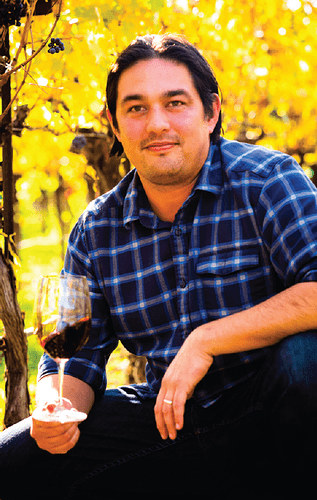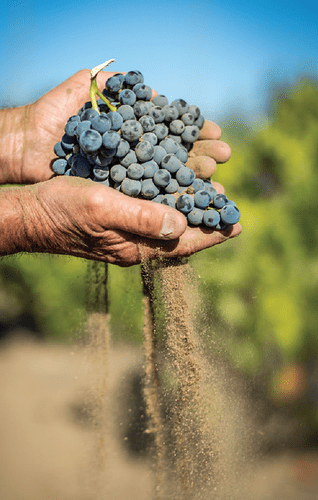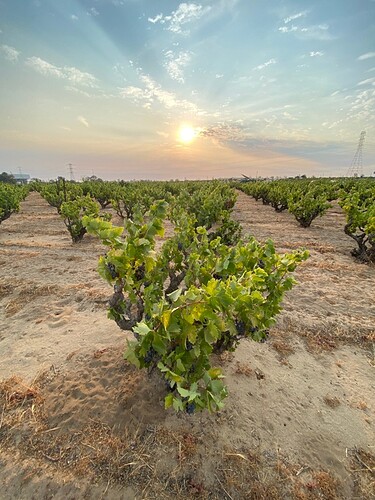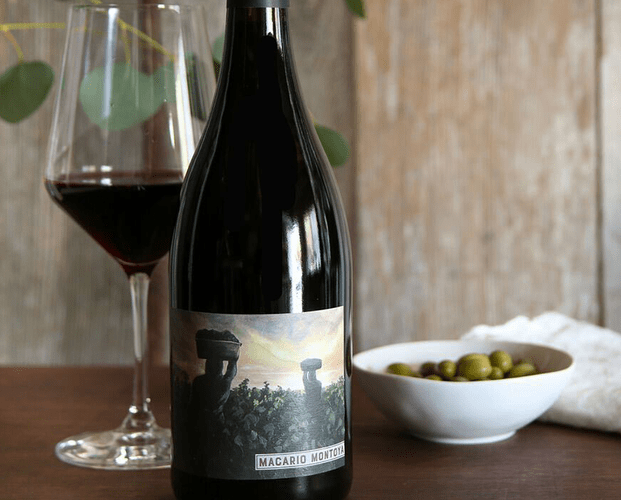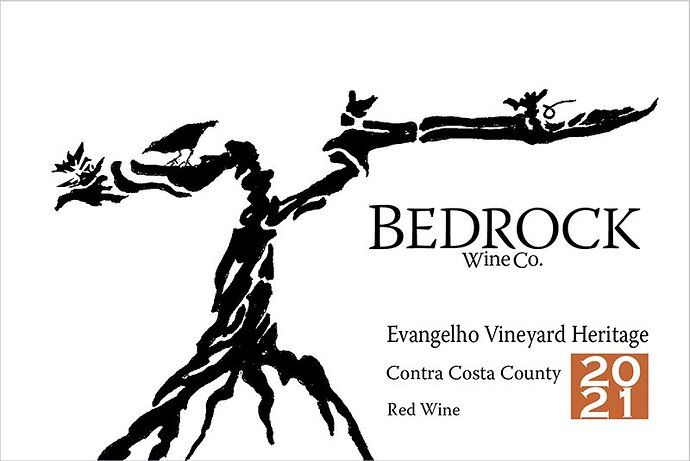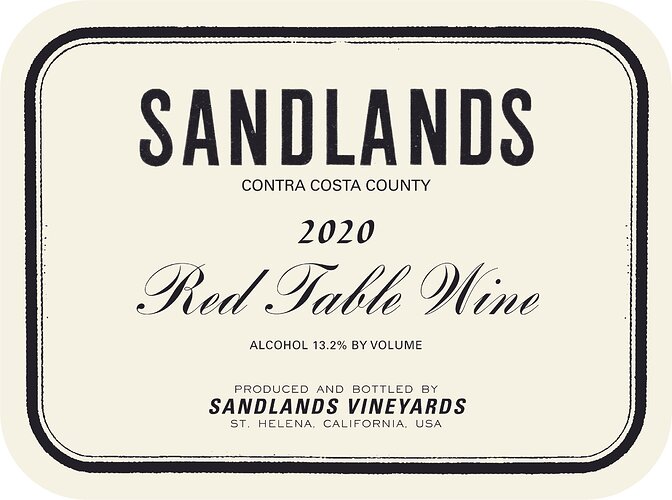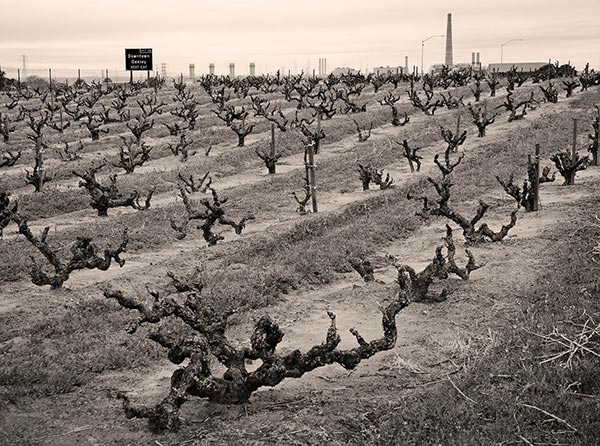The Visit Concord website’s blog features an itinerary for exploring the wineries and points of interest across Contra Costa County.
A map download of the county’s wine producers is found at the bottom of this post
Visit Concord Blog
“‘Wine-Down’ with a Wine-Centric Weekend in Contra Costa County”
by Karen Bakar
"…Mount Diablo and Shadowbrook Winery - Walnut Creek
"The grandaddy of outdoor adventure in Contra Costa County is Mount Diablo State Park, the third highest peak in the San Francisco Bay Area. While there are countless amazing treks within Mount Diablo State Park, the 6.2-mile Grand Mountain Loop Trail is the definitive Mount Diablo experience. Starting and ending at the Juniper Campground, this connection of trails circumvents the summit along varied and steep terrain with stunning vistas on every side.
"Half a mile from the foot of Mount Diablo’s North Gate entrance is one of the area’s finest wineries, Shadowbrook. With a state-of-the-art tasting room, sprawling vineyards, and Mount Diablo as a backdrop, the ambiance here is unparalleled.
"…Mount Wanda/John Muir Nature Trail and Viano Vineyards - Martinez
"It’s hard to imagine tranquil, natural beauty being so close to a busy freeway. But that is exactly what you will find at the intersection of Highway 4, Alhambra Avenue, and Franklin Canyon Road, where the trailhead for Mount Wanda and Muir Farm begins.
“As you ascend the Mt. Wanda nature trail loop at the John Muir National Historic Site, you are quickly transported to a landscape of rolling hills that once encompassed private ranches and is now protected by the John Muir Land Trust. The 2.9-mile trail offers sweeping views of the Bay, Mount Diablo, the Carquinez Strait, and even Mount Tamalpais in Marin.”
"Ten minutes away from the trailhead is
Viano Vineyards, founded in 1920 by the Viano family, originally from the Piedmont region of Northern Italy and now with its 4th and 5th generations in Martinez. Guests here have the opportunity to taste and purchase a wide array of excellent, well-priced wines - from Chardonnay, Chenin Blanc and French Columbard, to Cabernet Sauvignon, Gamay, and Sangiovese - while enjoying
Viano’s relaxed and friendly atmosphere.
"Black Diamond Mines and Hannah Nicole Winery - Antioch and Brentwood
"On the Eastern edge of Contra Costa County, in the town of Antioch, is Black Diamond Mines Regional Preserve, where hiking and history unite. The preserve contains relics of three long-gone mining towns, former coal mines from the 1800s, and sandstone mines that once supplied Oakland’s Hazel-Atlas Glass Company from the 1920s until the mid-1940’s.
"You can take a guided tour to learn about the area’s history and geology and/or hike one of the many trails that crisscross the open hills. The Old Homestead Loop trail features lovely views, some steep terrain, and a burst of wildflowers in the spring, but there are countless other hiking options of varying lengths.
"After a morning at the mines, head to [Brentwood’s] Hannah Nicole Winery, which is about 12 miles away. The grapes on its 54 acres are sustainably farmed and planted with all red Bourdeaux varietals, Grenache, and Mourvèdre, as well as some New World Petite Syrah, renowned Sauvignon Blanc, and Viogner white varietals.
"Vic’s and William Welch Wines - Martinez
"You’ll find one of the best brunches in Contra Costa County in Martinez, at the family-run Vic’s, which also serves lunch and dinner. The atmosphere here is rooted in traditional hospitality, and the food is on-trend and sure to please everyone.
"…Less than three miles and a 10-minute drive away is another family-run business, William Welch Wines, on Ranchos Las Juntas. With a similar climate to Napa Valley, this winery enjoys warm days and cooling breezes off the Carquinez Straits at night. Using the dry-farming method due to limited water, the vineyard produces two traditional California grapes, Petite Syrah, and Zinfandel.
"…Canyon Club and Captain Vineyards - Moraga
"On the other side of the county, near Oakland and on the border with Alameda County, you’ll find rolling hills, steep canyons, and slightly cooler weather due to more fog, especially in the mornings and evenings.
"The aptly named Canyon Club Brewery is a popular gathering spot in Moraga with expansive outdoor seating in a casual, festive setting. Technically a brewery, they also serve wine, hard cider, and kambooza.
"…Head down St. Mary’s Road toward Captain Vineyards, only two and a half miles and a six-minute drive away. You’ll want to plan in advance as this small-batch winery, run by a lovely couple dedicated to producing the highest quality wines using the most sustainable, water-saving practices, is by appointment only.
“All grapes are grown, crushed, pressed, and bottled on-site…”.
“Contra Costa County Wine Tasting Map” (PDF Download)
